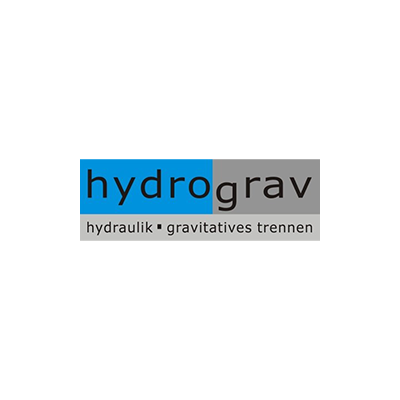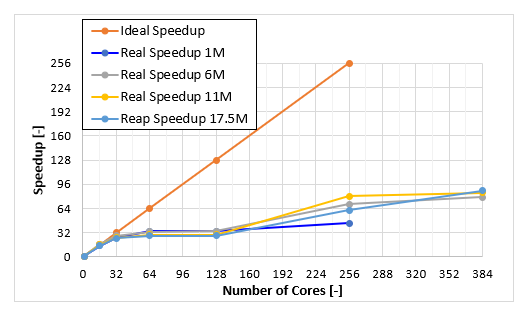Partner: Hydrograv GmbH
Field: water management
 Hydrograv GmbH is a spin-off company from the Karlsruhe Institute of Technology – the Institute for Hydromechanics and the Technical University of Dresden – the Institute of Urban and Industrial Water Management (ISI, Prof. Dr. Peter Krebs). These institutions, among the international leaders in their fields, are the alpha and omega of wastewater treatment plant optimization, and both institutions are working hard to develop simulation tools for solving fluid dynamics problems. Hydrograv uniquely combines interdisciplinary advanced know-how in the field of advanced water management technologies.
Hydrograv GmbH is a spin-off company from the Karlsruhe Institute of Technology – the Institute for Hydromechanics and the Technical University of Dresden – the Institute of Urban and Industrial Water Management (ISI, Prof. Dr. Peter Krebs). These institutions, among the international leaders in their fields, are the alpha and omega of wastewater treatment plant optimization, and both institutions are working hard to develop simulation tools for solving fluid dynamics problems. Hydrograv uniquely combines interdisciplinary advanced know-how in the field of advanced water management technologies.
Hydrograv develops innovative and efficient solutions for water management systems optimisation using Computational Fluid Dynamics (CFD) simulations considering multiphase flow. CFD simulations of multiphase flows are very time consuming and the use of supercomputers is a key factor in speeding up the process. Hydrograv uses the well-established open-source OpenFOAM code for its simulations. Although several benchmarking tests are available for OpenFOAM, it is difficult to apply these results to other supercomputers that differ in hardware architecture and software used.

Hydrograv together with the Czech National Centre of Competence for HPC submitted an application under the EuroHPC Benchmark and Development Access call and gained access to the Karolina supercomputer operated by IT4Innovations national supercomputing centre. On this supercomputer, Hydrograv performed scalability tests of the OpenFOAM code on one of its test cases. In total, four different computational models in terms of network size (1 million cells, 6 million cells, 11 million cells and 17.5 million cells) were used to obtain comprehensive information. All of these settings were run using one, two, and three Karolina compute nodes to evaluate solver behavior on multiple compute nodes. When only one compute node was used, computations were performed with 1, 16, 32, 64, and 128 compute cores.
From the users’ perspective, it was important to find out what the requirements for such real-time simulations were and, of course, what costs would need to be considered for further such simulations. For Hydrograv it was essential that the OpenFOAM simulation tool was able to assess where the so-called “performance breaks” were. That is, what number of processors should ideally be used in terms of efficiency, i.e. both in terms of speed and computational cost.
The benefit of the collaboration was a comprehensive overview of the performance of a particular HW configuration, saving time and cost by speeding up CFD simulations using the Karolina supercomputer.

